Having smooth and healthy feet is not just about aesthetics; it also contributes to overall foot health and comfort. Calluses can be a real pain, and if not taken care of properly, they can lead to more serious problems. That's where a good callus remover tool comes in handy. In this comprehensive guide, we'll explore the world of callus removers, how they work, and why you should consider adding one to your self-care routine.
What is a Callus Remover Tool?
A callus remover tool is a device designed to remove dead, thickened skin, primarily from the feet. These tools come in various forms, such as manual files, electric callus removers, and even foot scrubbers with built-in pumice stones. Callus removers are perfect for individuals who experience foot calluses due to long hours standing or walking, as well as those who have difficulty bending down to care for their feet.
Why Do We Get Calluses?
Calluses form as a result of repeated pressure and friction on the skin. They typically develop on the soles of the feet, particularly on the balls and heels. Calluses are the body's way of protecting the skin from further damage. However, if left untreated, they can become uncomfortable and even painful.
Some common causes of calluses include:
- Wearing ill-fitting shoes
- Standing for long periods of time
- Walking barefoot on rough surfaces
- High-impact sports or activities
The Different Types of Callus Remover Tools
There are several types of callus remover tools available on the market. Let's take a closer look at each type to help you choose the right one for your needs.
Manual Callus Removers
Manual callus removers are hand-held tools that typically feature a rough, abrasive surface for scrubbing away dead skin. Some common types of manual callus removers include:
- Pumice Stone: A pumice stone is a natural, porous volcanic rock that effectively exfoliates rough skin. It's gentle enough for regular use and can be found as a standalone tool or as a component of a foot scrubber.
- Metal File: A metal file has a textured metal surface designed to gently remove dead skin. These files often have a coarse side for removing thick calluses and a finer side for smoothing the skin.
- Sanding File: A sanding file features a rough, sandpaper-like surface that buffs away calluses. They're typically disposable and can be replaced when the abrasive surface wears down.
Electric Callus Removers
Electric callus removers are battery-powered or rechargeable devices that use a rotating head with a coarse surface to remove calluses. These tools offer a more efficient and effortless way to remove calluses compared to manual options.
Foot Scrubbers with Built-in Pumice Stones
A foot scrubber with a built-in pumice stone is a convenient and easy-to-use option for individuals who have difficulty bending down to care for their feet. These tools are designed to be used in the shower or bath, allowing users to clean and exfoliate their feet simultaneously.
How to Use a Callus Remover Tool
Using a callus remover tool is simple and straightforward. Here are some general steps to follow:
- Soak your feet: Before using a callus remover tool, it's a good idea to soak your feet in warm water for 10-15 minutes. This will help soften the skin and make the callus removal process more comfortable.
- Pat your feet dry: Once your feet are softened, gently pat them dry with a clean towel. Make sure your feet are completely dry before proceeding with the callus remover tool.
- Choose the right tool: Select the callus remover tool that best suits your needs, whether it's a manual file, electric callus remover, or a foot scrubber with a built-in pumice stone.
- Remove the callus: Gently apply the callus remover tool to the affected area, using small, circular motions or strokes. Be sure not to apply too much pressure, as this can damage healthy skin. Continue this process until the desired amount of callus is removed.
- Smooth and moisturize: After removing the callus, use the finer side of the file or a separate buffing tool to smooth the skin. Finally, apply a moisturizing cream or lotion to help hydrate and protect the skin.
- Clean your tools: Don't forget to clean your callus remover tool after each use. For manual files and pumice stones, rinse them with warm water and a mild soap. For electric callus removers, follow the manufacturer's instructions for cleaning and maintenance.
Tips for Preventing Calluses
While using a callus remover tool can be an effective way to eliminate calluses, it's essential to take steps to prevent them from forming in the first place. Here are some tips to help you avoid developing calluses:
- Wear properly-fitting shoes: Ill-fitting shoes are a common cause of calluses. Ensure that your shoes fit well, with enough room in the toe box and proper support for your arches.
- Choose breathable footwear: Shoes made from breathable materials, such as mesh or leather, can help reduce moisture and friction that contribute to callus formation.
- Use cushioned insoles: Adding cushioned insoles to your shoes can help distribute pressure more evenly and reduce friction on your feet.
- Protect high-pressure areas: If you're prone to calluses in specific areas, consider using moleskin or gel pads to protect those spots.
- Rotate your shoes: Wearing the same pair of shoes every day can lead to increased pressure and friction on certain areas of your feet. Try rotating your footwear to give your feet a break.
- Keep your feet moisturized: Regularly moisturizing your feet can help keep the skin soft and less prone to callus development.
Caring for Your Feet: A Holistic Approach
In addition to using a callus remover tool, taking a holistic approach to foot care can lead to healthier, more comfortable feet. This can include:
- Regular foot soaks: Soaking your feet in warm water with Epsom salts or essential oils can help relax tired muscles and soften the skin.
- Stretching and exercise: Stretching your feet and engaging in foot-strengthening exercises can improve flexibility and reduce the risk of foot pain.
- Proper nail care: Keeping your toenails neatly trimmed and clean can help prevent ingrown toenails and other nail issues.
- Addressing foot pain: If you're experiencing persistent foot pain or discomfort, consult a healthcare professional for proper diagnosis and treatment.
Incorporating a callus remover tool, like the foot scrubber with a built-in pumice stone, into your self-care routine can be a game-changer for maintaining smooth, healthy feet. By understanding the different types of callus remover tools and how to use
Frequently Asked Questions
What is best for callus removal?
The best callus removal method depends on your individual needs, preferences, and the severity of your calluses. Manual files, electric callus removers, and foot scrubbers with built-in pumice stones are all effective options for removing calluses. It's essential to choose a high-quality product and follow the proper technique to achieve the best results.
Are callus remover tools safe?
Yes, callus remover tools are generally safe when used correctly. It's important to follow the manufacturer's instructions and avoid applying excessive pressure or using the tool on healthy skin. If you have a medical condition that affects your skin or circulation, such as diabetes, consult your healthcare professional before using a callus remover tool.
What is the callus remover tool called?
Callus remover tools come in various forms, including manual foot files, electric callus removers, and foot scrubbers with built-in pumice stones. These tools are designed specifically for removing calluses and may be referred to by different names, such as callus shavers, callus scrapers, or callus files.
How do you scrape off calluses?
To scrape off calluses, follow these steps:
- Soak your feet in warm water for 10 to 15 minutes to soften the skin.
- Pat your feet dry with a clean towel.
- Choose a callus remover tool, such as a manual file, electric callus remover, or a foot scrubber with a built-in pumice stone.
- Gently apply the callus remover tool to the affected area, using small, circular motions or strokes. Be careful not to apply too much pressure to avoid damaging healthy skin.
- Continue the process until the desired amount of callus is removed.
- Smooth the skin with the finer side of the file or a separate buffing tool, and apply a moisturizing cream or lotion to hydrate and protect the skin.
Remember to clean your callus remover tool after each use and follow any manufacturer's instructions for proper care and maintenance.











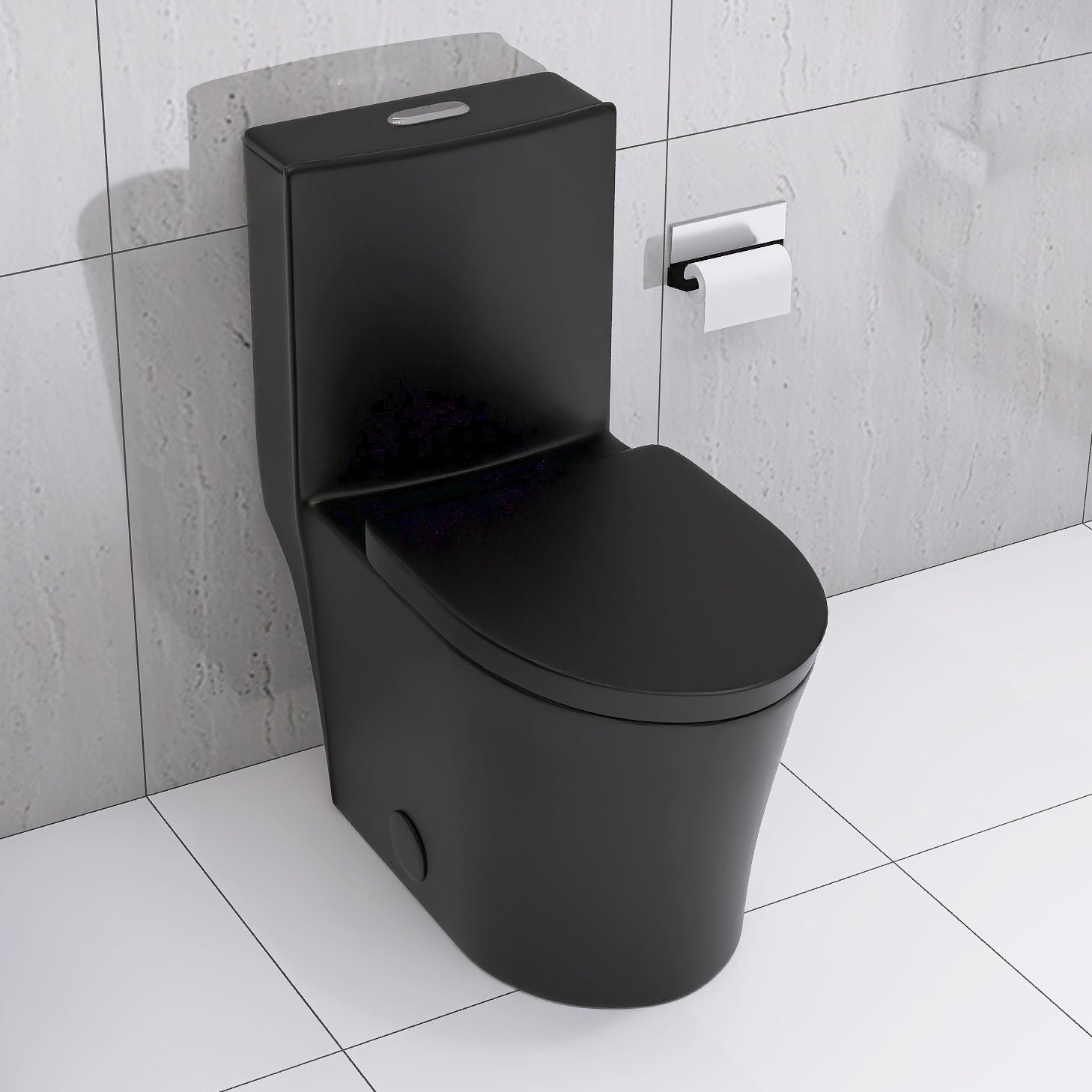






























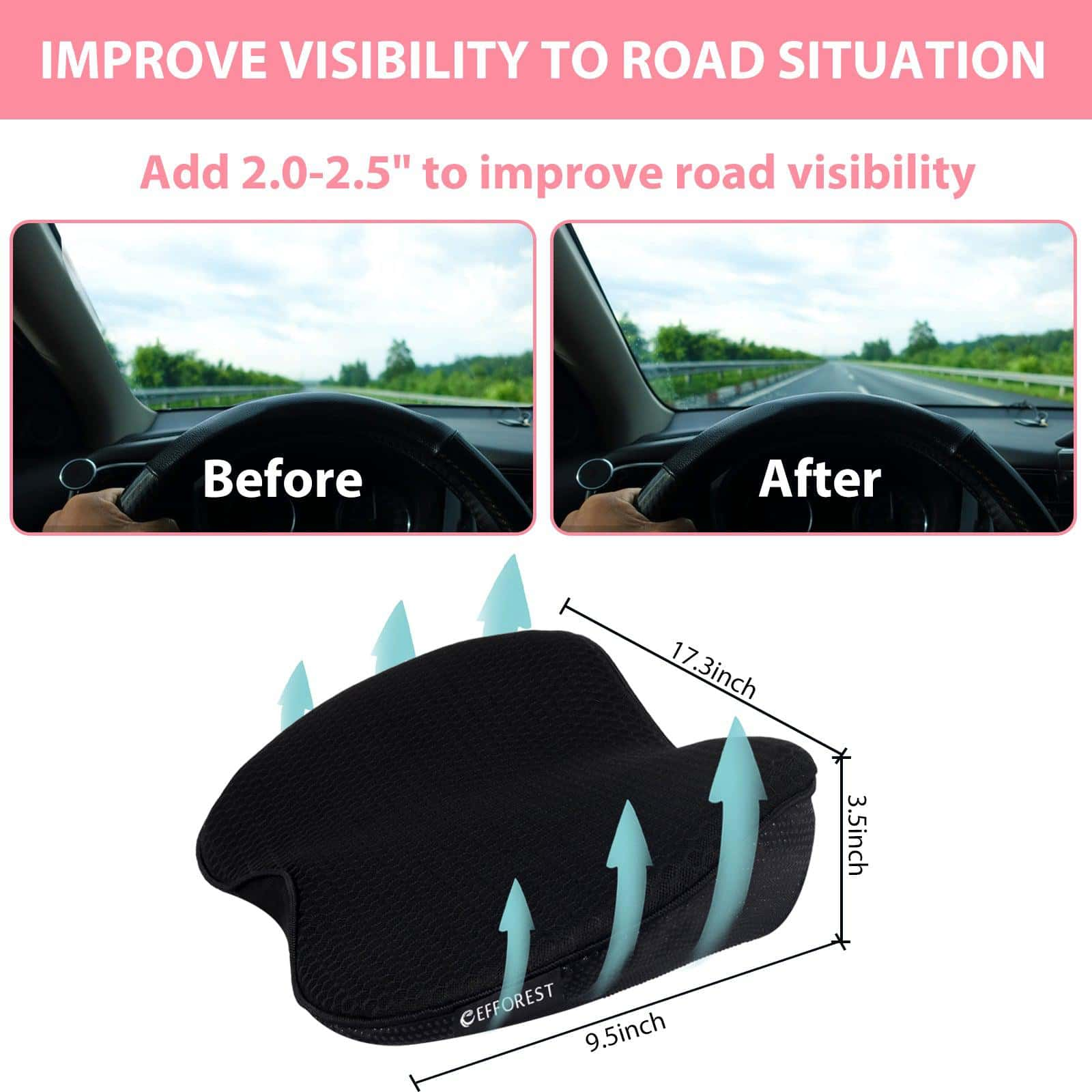







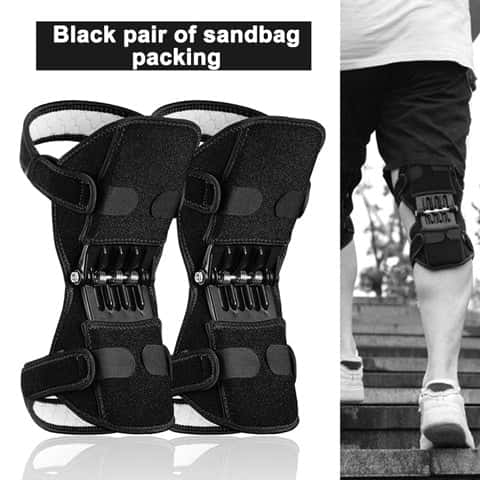







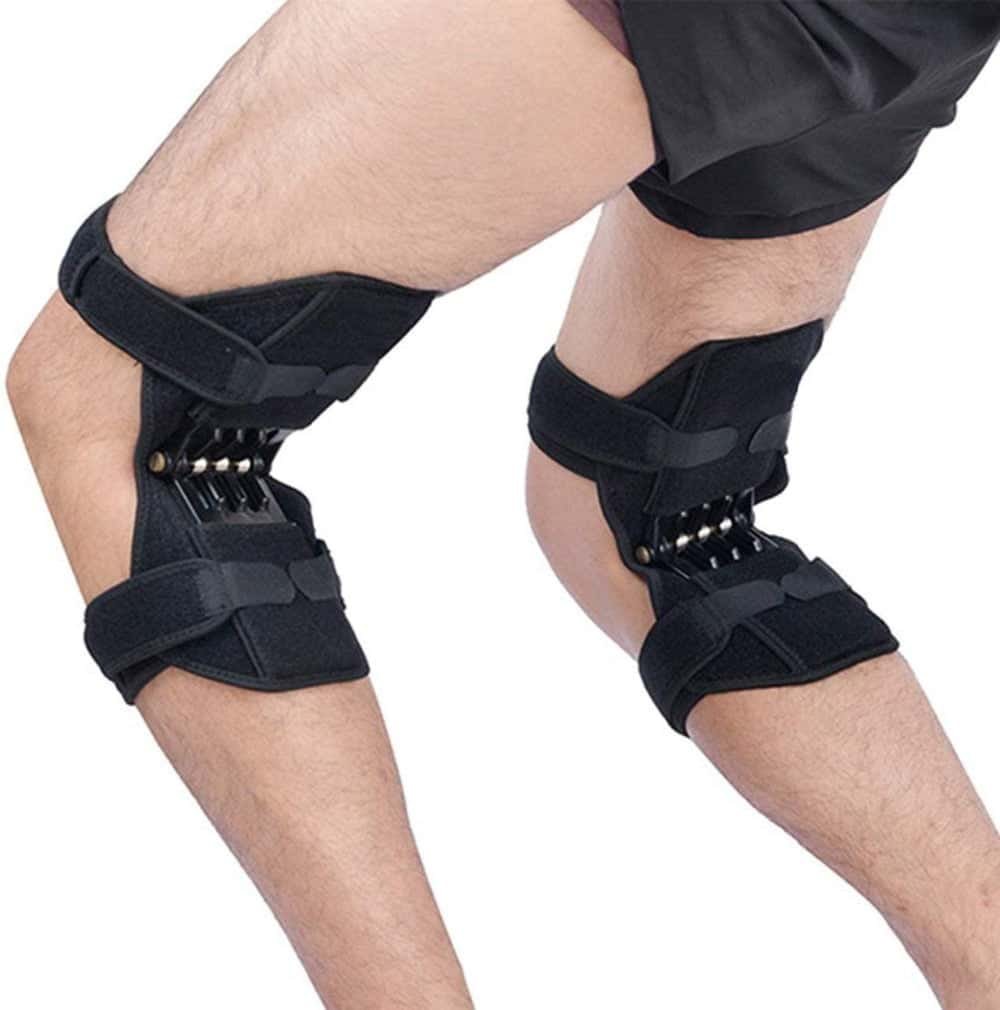



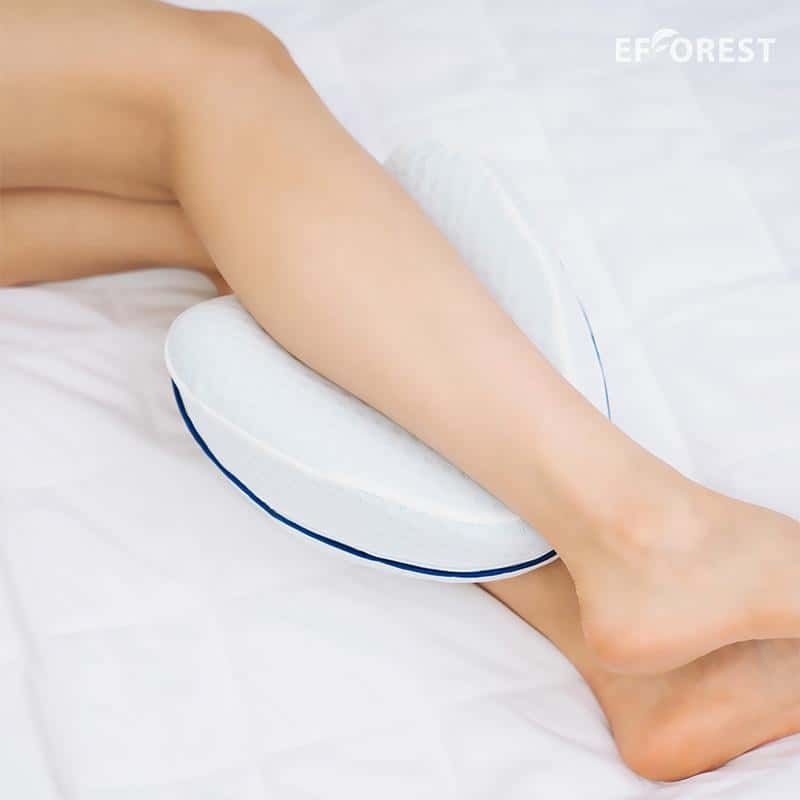


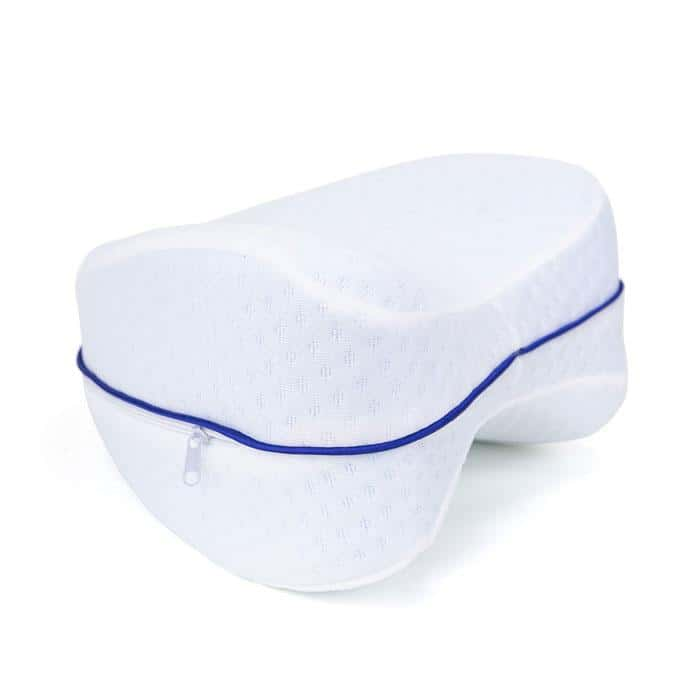

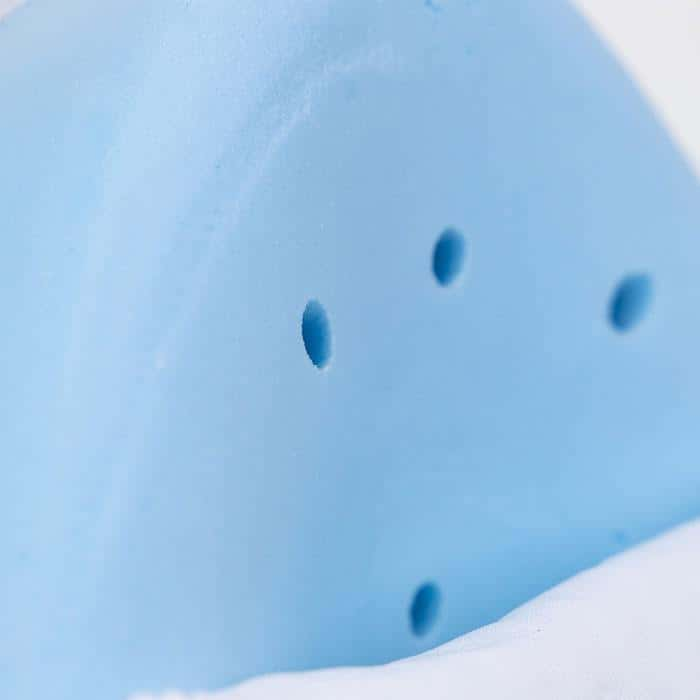









Share and get 15% off!
Simply share this product on one of the following social networks and you will unlock 15% off!